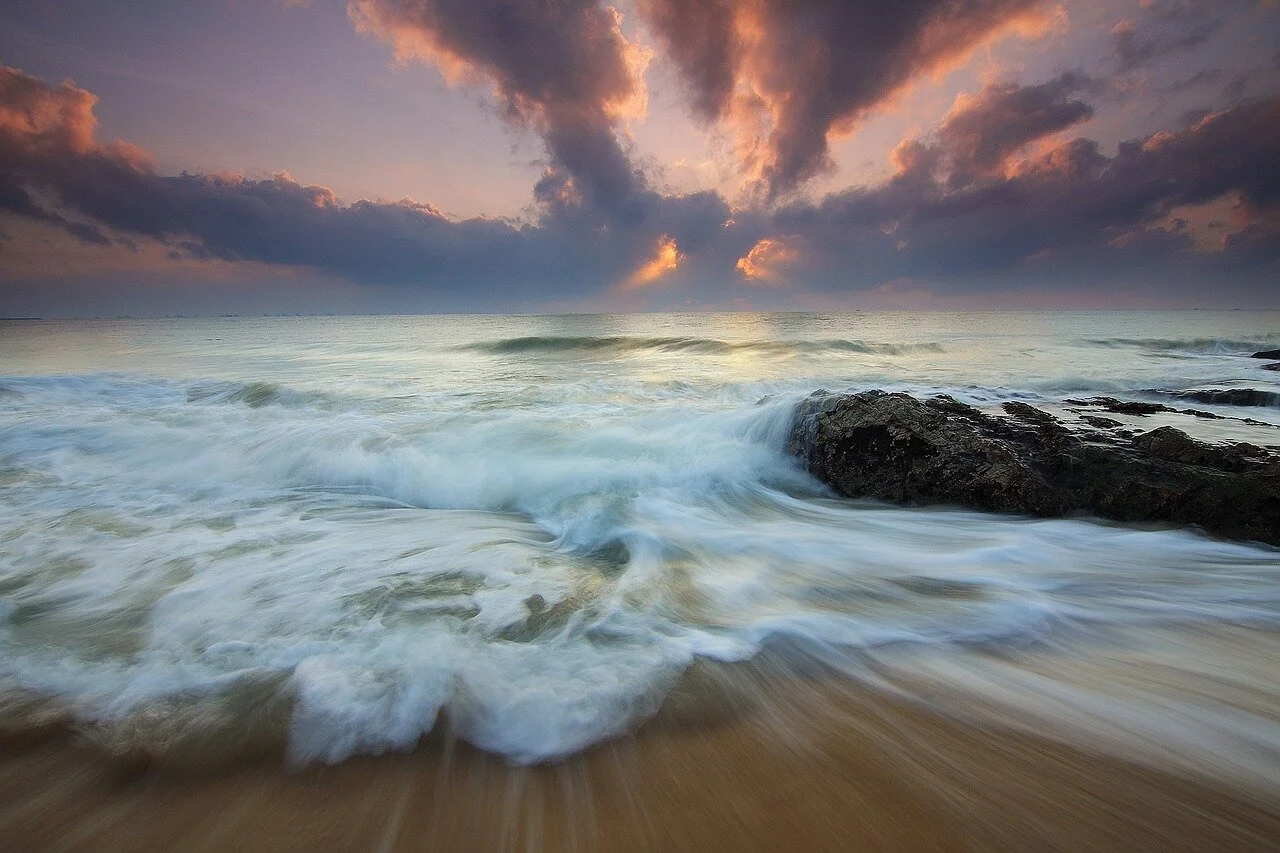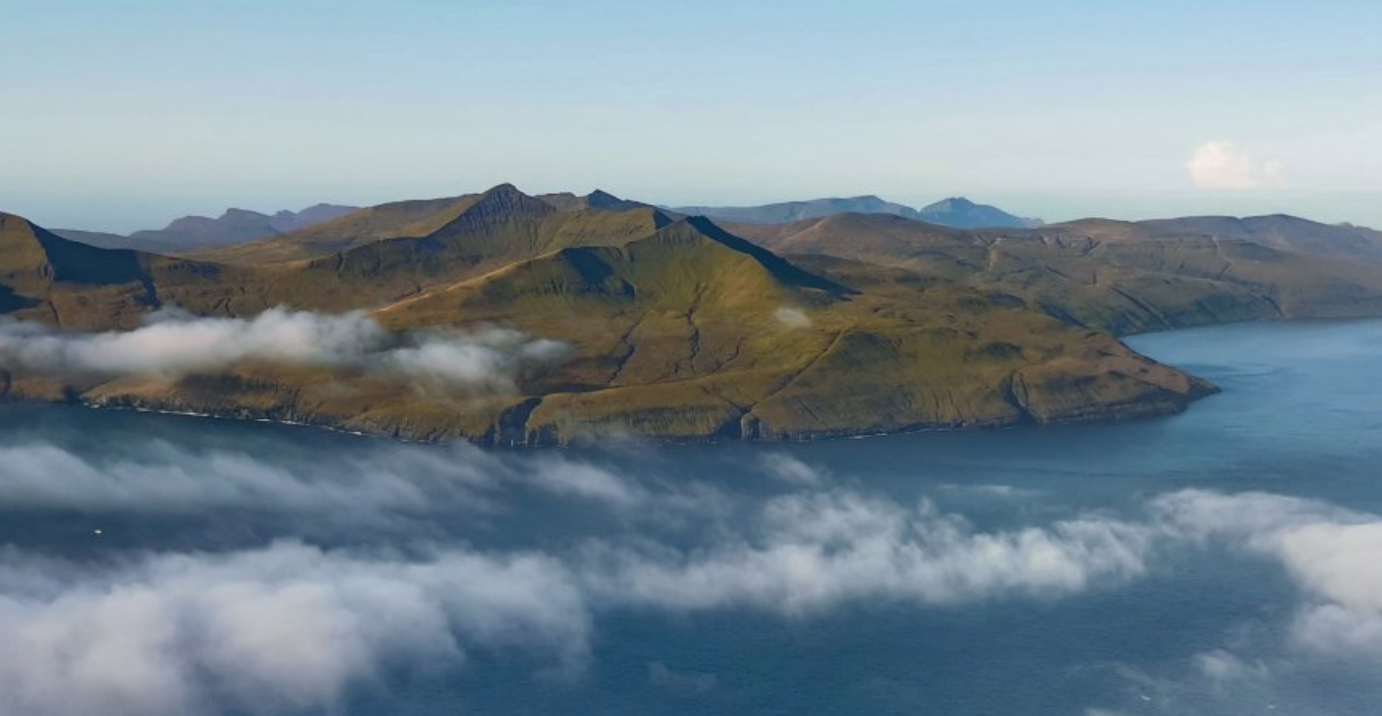The Future of Ocean Energy: Minesto
Jennifer Thomson
Minesto is a company that harnesses energy from tidal streams and ocean currents to generate reliable and clean electricity. This type of energy generation is needed to balance the unpredictable and weather-dependent generation of wind and solar power, thus contributing to the creation of a sustainable energy system. We chat to Magnus Matsson from Minesto about their inception, ambitions, and successes as a company so far. Dive right in and discover the future!
How did Minesto initially form?
Minesto was founded in 2007 as a spin-off from Swedish aerospace manufacturer Saab. An idea of using a vertical-axis, lightweight turbine to harness low-flow streams in the ocean was born within Saab and was taken to Chalmers University of Technology in Gothenburg, to evaluate technical and commercial viability. In that environment, Minesto was founded, and the technology has been developed since then. Several generations of prototypes have been tested, first in basins, and since 2011, in the ocean.
What are the forms of energy that one can harness using the ocean?
Let’s start with tidal energy. Tides are predominantly caused by gravitational influences of the sun and moon on the earth’s oceans. Tidal energy is a form of hydropower that harnesses ocean movement to produce clean, renewable energy. In the case of Minesto’s Deep Green technology, we are exploiting the potential of tidal streams. These are currents in the sea that flow as the tides move in and out.
Tidal energy is a form of hydropower that harnesses ocean movement to produce clean, renewable energy. Photo: Abri Ismail (Pixabay).
Another form of ocean energy that Minesto’s Deep Green technology can exploit is ocean currents. Large-scale surface ocean currents are driven by global wind systems which are fuelled by energy from the sun, and these currents transfer heat from the tropics to the polar regions.
What is Deep Green, and what makes this product so unique in the field of ocean energy?
Minesto’s Deep Green technology is a unique marine energy converter, a subsea kite that targets tidal stream and ocean current resources. It consists of a wing that is tethered to the seabed, and carries a turbine underneath. Our subsea kite technology converts kinetic energy to electric energy. The kite uses the lift force of the stream flow to “fly” across the underwater current, pushing the turbine through the water at a speed several times the actual stream flow. As moving water is 832 times denser than moving air, this creates conditions for efficient energy conversion. Electricity is produced in the onboard generator and transmitted through the tether to seabed cables.
What differentiates Deep Green from other tidal energy technologies is the wing, the size of the turbine, and the fact that the power plant is “flying” underwater. The wing pushes the turbine through the water in a figure-of-eight, sweeping a large area at a relative speed many times that of the underwater current, and therefore producing electricity several hundred times greater than what it would have stationary.
The Deep Green wing pushes the turbine through the water in a figure-of-eight. Photo: Minesto.
Minesto’s Deep Green technology is the only known technology that has the potential to produce electricity cost-effectively from these slower currents. Compared to other technologies, Minesto’s product enhances the energy conversion, making it a commercial proposition applicable to vast areas of the ocean, which means that we are substantially expanding the exploitable resource. You can see how the technology works in action here.
Minesto’s marine energy technology, Deep Green. Photo: Minesto.
Minesto is engaging in projects in several countries around the world, including the Faroe Islands - where the Deep Green Island Mode Project has been established. What are the goals of this project, and how will this impact the residents of the Faroe Islands for generations to come?
Being a remote island nation, the Faroe Islands are electrically isolated and do not have the option of buying electricity from neighbouring countries. The Faroe Islands also have set a goal of producing all their electricity, including for transport and heating, from renewable energy sources by 2030. The goal of our Faroe Islands project is to contribute to the country’s 100% renewable energy target by 2030 via tidal energy. This is a long-term ambition, to make Minesto’s technology part of the Faroe Islands’ pioneering energy transition.
What is the future for Minesto, and do you have any upcoming projects?
We are working hard on all fronts towards proving Minesto’s technology to be a robust and commercially viable electricity production asset. One key focus for Minesto is partnership with global energy companies. Activities in the UK are proceeding in Holyhead, North Wales, where a new assembly and servicing building is now completed, and the development of an 80 MW tidal energy farm in the Holyhead Deep is ongoing. We have received strong financial support from the Welsh government. This collaboration is also helping with the development of our large power plant (1 MW) for marine energy farms.
With our project in the Faroe Islands, we are hoping to create great impact with our Deep Green technology over the next decade, as the Faroe Islands advance towards their vision of a 100% renewable energy system by 2030. Our work in Taiwan and Florida also aims to utilise continuous ocean currents to supply electricity to the local grid.
Our collaboration with the UN agency UNOPS, focusing on electricity supply to exposed island nations, is creating promising conditions to kick-start micro-grid projects, as well as opening doors for new partnerships with global energy companies. Furthermore, we aim to initiate more customer collaborations and installation projects from 2020 onwards, focusing on renewable energy and innovation linked to the marine environment.
The Faroe Islands. Photo: Minesto.
Finally, the potential of our Deep Green technology is immense. The exploitable potential of tidal streams and ocean currents for Minesto is more than 600 GW of capacity. This is comparable to the fact that there is currently just under 400 GW of nuclear power capacity installed globally.
The ocean has changed rapidly in the last couple of decades. Could you leave us with any last words of wisdom concerning ocean conservation?
The Blue Economy has been defined as “an ocean of opportunity”. The need to utilise blue energy is immense. We need to truly harness this vast and untapped renewable energy resource. We believe that increased policy support will enhance blue economy opportunities and ocean conservation efforts, and will create a safe path towards sustainable ocean power production.
If you’ve enjoyed this interview with Minesto, follow them on Twitter @MinestoAB and Instagram @minestoab and check out their website.
Want to be interviewed by us? Check out our ‘Get Involved’ section.




